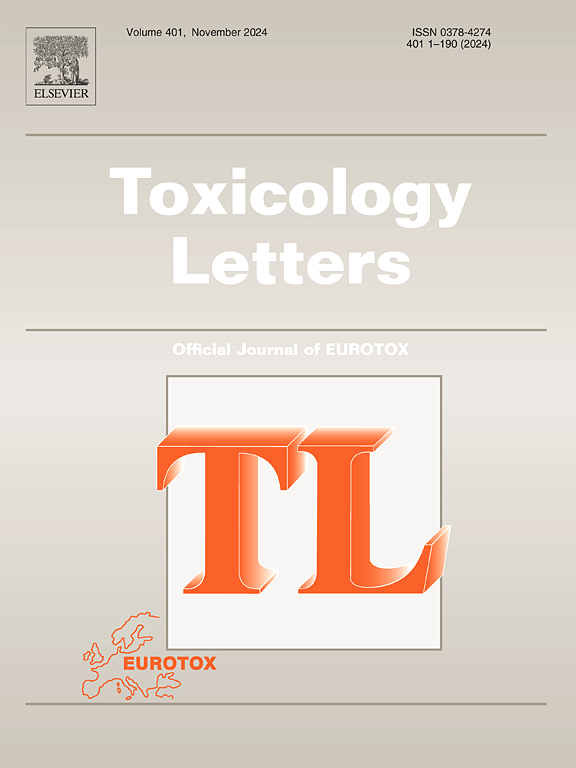6PPD impairs immune responses and fin regeneration in zebrafish
IF 2.9
3区 医学
Q2 TOXICOLOGY
引用次数: 0
Abstract
N-(1,3-Dimethylbutyl)-N′-phenyl-p-phenylenediamine (6PPD), a commonly used antioxidant in tire manufacturing, has been widely detected in the environment and shown to exhibit acute toxicity in several organs. However, the effects of 6PPD on immune responses, particularly following injury, remain poorly understood. In this study, we investigated the impact of 6PPD exposure on immune responses using zebrafish as a model. 6PPD exposure disrupted caudal fin regeneration at various stages of the regenerative process. Further analysis revealed that 6PPD impaired immune responses following fin amputation, as evidenced by the reduced number of lyz+/mpx+ neutrophils and the downregulation of key immune-related genes. Besides, the morphology of neutrophils was changed upon 6PPD exposure, indicating the defective migration of immune cells. The incubation of zebrafish larvae with lipopolysaccharide (LPS), which induces global immune responses, also exhibited impaired immune function when combined with 6PPD exposure. Additionally, the injection of LPS into the egg yolk or trunk exacerbated immune responses at the injury site, yet 6PPD exposure significantly reduced neutrophil accumulation and downregulated the expression of immune-related genes, confirming the toxicity of 6PPD in immune responses. These findings provide new insights into the toxic effects of 6PPD on immune responses during injury, highlighting its potential to impair immune function in animals and human.
ppd损害斑马鱼的免疫反应和鳍再生。
N-(1,3-二甲基丁基)-N'-苯基-对苯二胺(6PPD)是轮胎制造中常用的抗氧化剂,已在环境中广泛检测到,并显示出对几个器官的急性毒性。然而,6PPD对免疫反应的影响,特别是在损伤后,仍然知之甚少。在本研究中,我们以斑马鱼为模型,研究了6PPD暴露对免疫反应的影响。ppd暴露在再生过程的各个阶段都破坏了尾鳍的再生。进一步分析显示,6PPD损害了断肢后的免疫反应,这可以通过lyz+/mpx+中性粒细胞数量减少和关键免疫相关基因的下调来证明。此外,中性粒细胞的形态在6PPD暴露后发生了变化,表明免疫细胞的迁移存在缺陷。与脂多糖(LPS)孵育的斑马鱼幼虫,诱导全局免疫反应,也表现出免疫功能受损,当联合6PPD暴露。此外,在蛋黄或躯干注射LPS会加剧损伤部位的免疫反应,而6PPD暴露会显著减少中性粒细胞的积累,下调免疫相关基因的表达,证实6PPD在免疫反应中的毒性。这些发现为6PPD在损伤期间对免疫反应的毒性作用提供了新的见解,突出了其损害动物和人类免疫功能的潜力。
本文章由计算机程序翻译,如有差异,请以英文原文为准。
求助全文
约1分钟内获得全文
求助全文
来源期刊

Toxicology letters
医学-毒理学
CiteScore
7.10
自引率
2.90%
发文量
897
审稿时长
33 days
期刊介绍:
An international journal for the rapid publication of novel reports on a range of aspects of toxicology, especially mechanisms of toxicity.
 求助内容:
求助内容: 应助结果提醒方式:
应助结果提醒方式:


